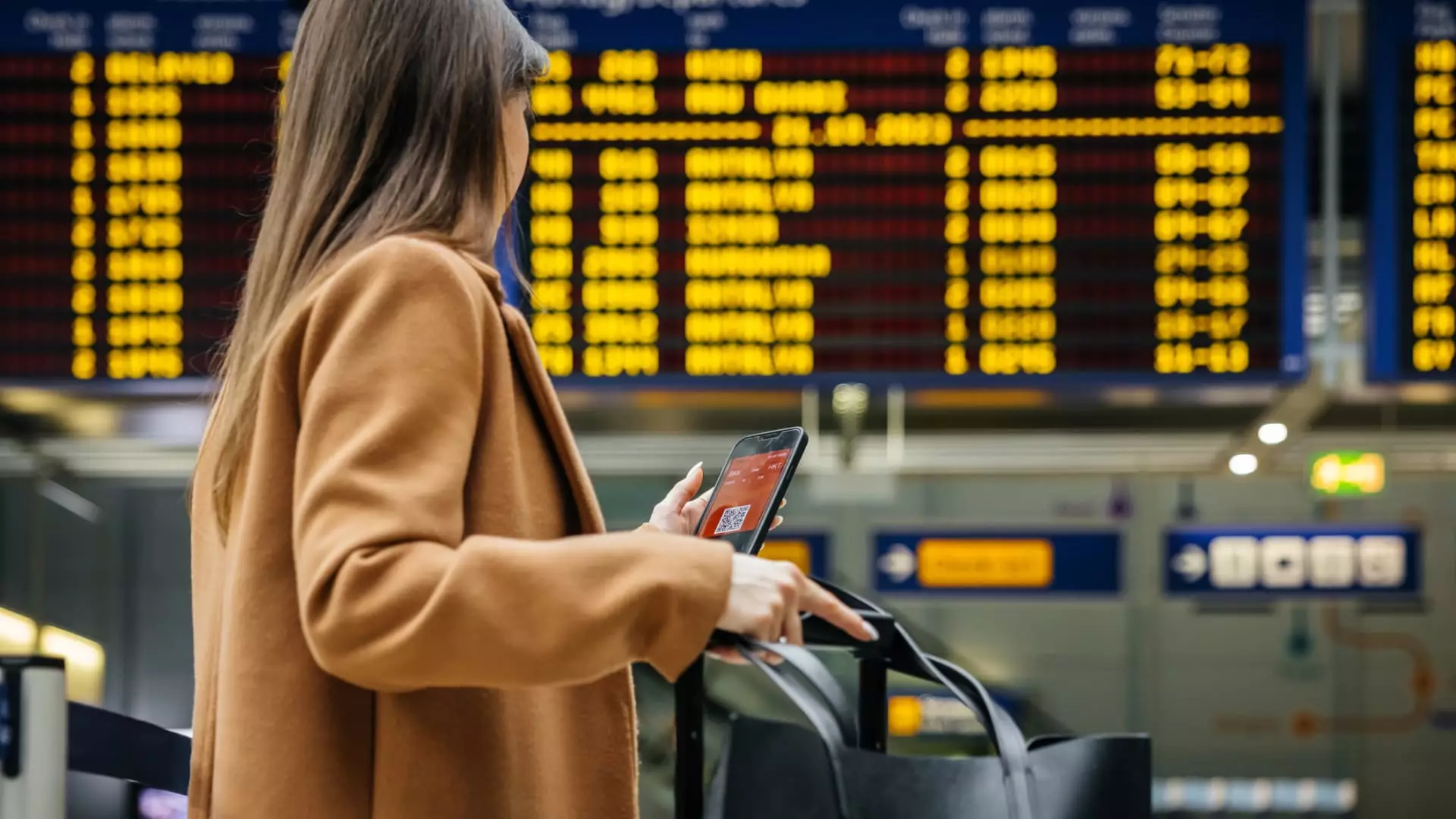As per recent research conducted by Bank of America, travel spending among American households has risen significantly, surpassing pre-pandemic levels. The surge in travel spending is mainly attributed to a growing interest in international trips. Economists Taylor Bowley and Joe Wadford point out that vacationing abroad has become a key driver of travel momentum, leading to a 10.6% increase in travel spending per household compared to 2019.
Despite a slight decrease in overall travel spending from 2023, international travel remains a strong area of interest for American tourists. Hayley Berg, lead economist at travel site Hopper, anticipates a continuous demand for international travel as Covid-19-related concerns diminish and countries relax travel restrictions. Lower international airfare prices have further fueled this demand, with average round-trip fares to Europe dropping to about $950 this summer, making it a more affordable destination for U.S. travelers.
While Europe continues to be a popular choice for American travelers, Bank of America data shows that spending on Asian destinations has seen a significant increase compared to previous years. Favorable exchange rates have played a key role in driving spending towards Asia. However, despite the growth in international travel, McKinsey’s analysis reveals that the majority of trips taken by Americans still remain within the country’s borders. This suggests that domestic travel remains a preferred option for most travelers, with about 68% of trips originating in the U.S. staying within the nation.
The trend of increased international travel seems to be more pronounced among higher-income households, those earning more than $125,000 annually. Bank of America economists note that luxury hotels catering to affluent travelers have seen better performance than standard accommodations, indicating that high earners are more willing to splurge on travel experiences. On the other hand, cost-conscious travelers are keeping a close eye on inflation rates but are still planning to travel, opting for off-peak periods or making advanced bookings to minimize expenses.
The resurgence of travel spending among American households, particularly in the international travel sector, reflects a growing desire to explore beyond domestic borders. While economic factors like exchange rates and airfare prices play a significant role in shaping travel decisions, the willingness of consumers to adapt their travel behavior in response to changing circumstances highlights the resilience of the travel industry. Moving forward, it will be interesting to see how evolving travel trends and consumer preferences continue to influence the landscape of travel spending in the coming years.

